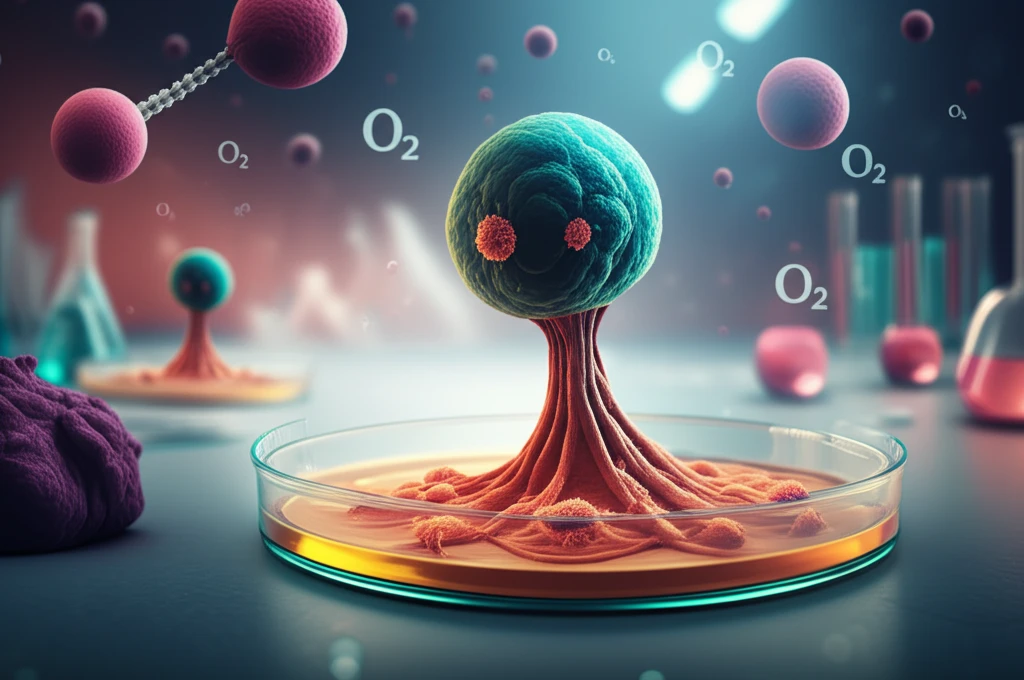
Breast Cancer Cell Lines: The Oxygen Connection You Need to Know
"Discover how growing breast cancer cells in more natural oxygen levels (5%) can change how we understand and treat this disease."
For years, most breast cancer cells studied in labs have been grown in air that's about 21% oxygen. This is much higher than the oxygen levels in our bodies, which usually average around 5%. This difference in oxygen can actually change how the cells behave, potentially skewing research results.
A new study is diving into this issue by growing breast cancer cells in a more realistic, low-oxygen (5%) setting. The goal is to see if these cells act differently and whether this could help us develop better ways to treat breast cancer.
These findings shed light on the importance of replicating true body conditions when studying cancer cells.
The 5% Oxygen Advantage: What the Study Revealed

Scientists created four new breast cancer cell lines and grew them in 5% oxygen. They then compared these cells to standard cell lines grown in 21% oxygen, looking at various factors like:
- Three of the new cell lines (NZBR1, NZBR2, NZBR4) were triple-negative, meaning they didn't have estrogen receptors (ER-), progesterone receptors (PR-), or HER2. NZBR1 also had high levels of EGFR, a protein that can fuel cancer growth.
- One cell line (NZBR3) was HER2-positive and ER-positive, also over-expressing EGFR.
- Cells grown in 5% oxygen had more of a protein called CA9, which is linked to low-oxygen conditions and less ROS.
- NZBR1 had less activity in the AKT pathway, while NZBR2 and NZBR4 had less activity in the p70S6K and rpS6 pathways.
What This Means for Breast Cancer Research
While these new cell lines share many similarities with existing ones, the low-oxygen environment did seem to influence certain cell behaviors, potentially impacting research results. By studying cancer cells in conditions that more closely mimic the body, researchers may gain a more accurate understanding of the disease and develop more effective therapies. Further studies may reveal the importance of low-oxygen conditions on the effectiveness of drugs in treating cells.
